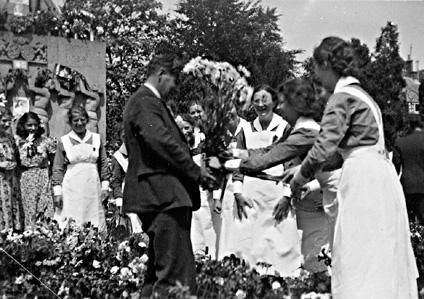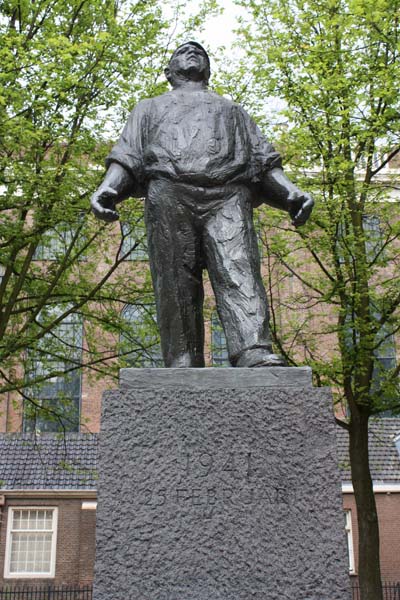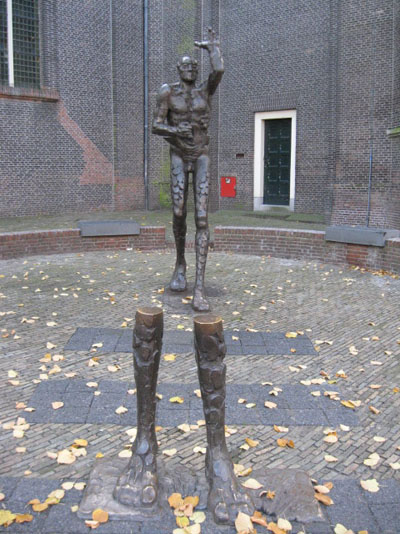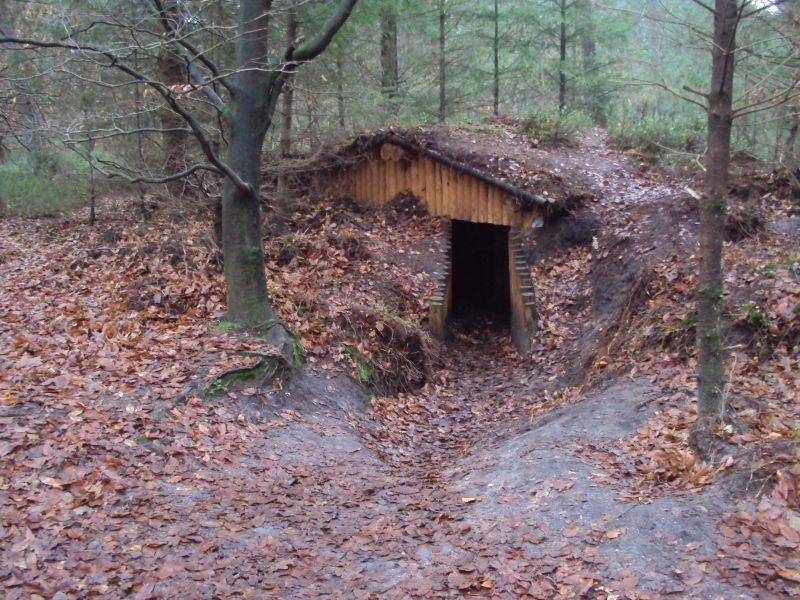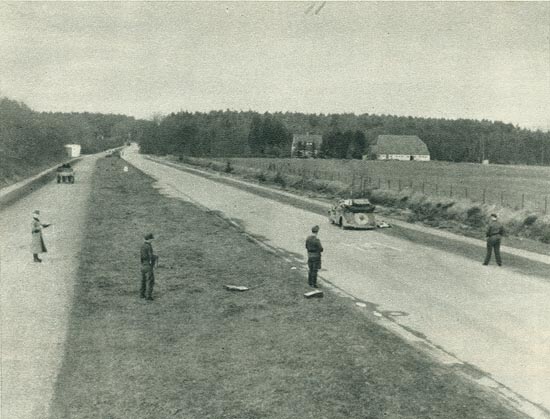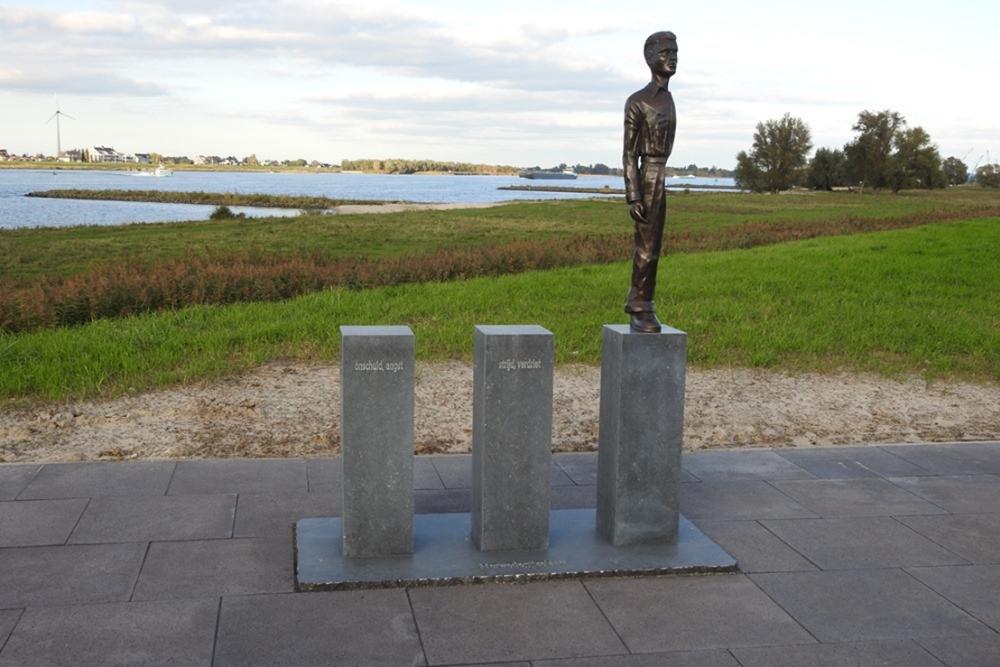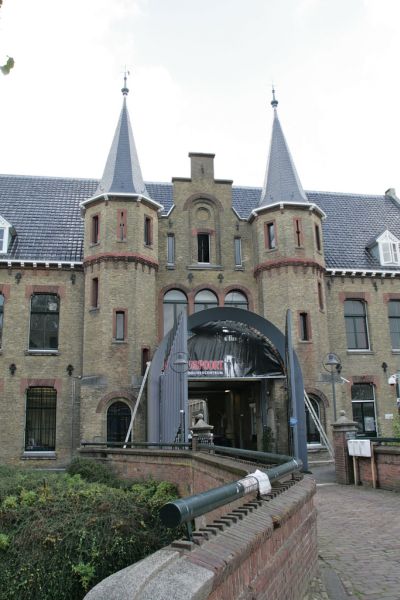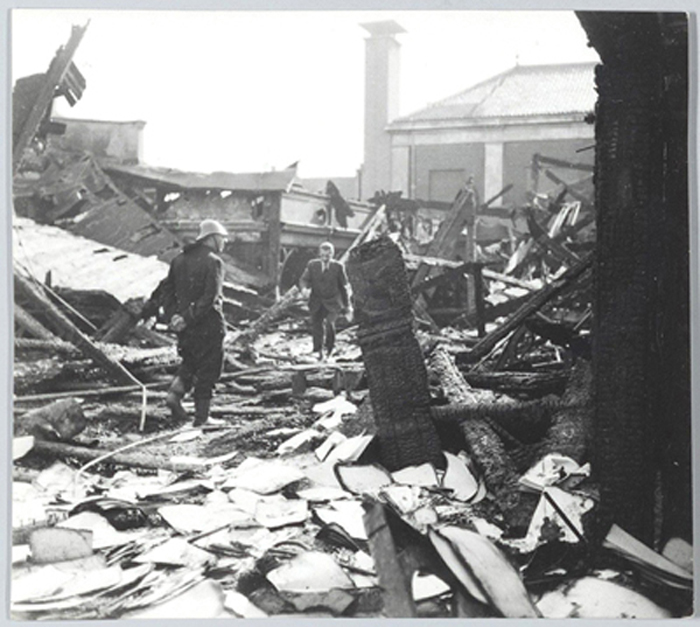Articles
- Article by Hans Molier
- Published on August 29th, 2013
Carnation Day, Dutch protest against the German occupier
After seven weeks of German occupation, the reality of repression struck among the Dutch population. Many saw 29 June 1940, the birthday of prince Bernard, as being the moment to show the Germans that the Dutch people were not interested in national socialism at all. This day is in the Netherlands known as "Anjerdag" (Carnation Day).
- Article by Henk van der Molen
- Published on
February strike, February 25th and 26th, 1941
February 25th, 2011 marked the seventy year anniversary of ten thousands of people from Amsterdam stopping work and going out into the streets to demonstrate against the German occupier after 427 young Jewish men were rounded up in razzias and taken to a concentration camp a few days before.
- Article by Pieter Schlebaum
- Published on
Geuzen Resistance
After the capitulation in May 1940, the major part of the Dutch population made sure the usual way of life took place, which required two things: for the economy to keep running and for the German control to remain limited. This required a good cooperation with the occupier so that they would see no reason to interfere more intensively in the Dutch government and economy. Resistance would only mean throwing away their influence on the course of the occupation. All Dutch authorities, including the fled cabinet, initially asked the population to obey the occupier, avoid resistance and get back to daily life. The major part of the population did. Still, there was resistance, despite the authorities appeal. There were people who turned away from the German occupiers from the start and tried to work against them. The resistance group 'De Geuzen' (The Beggars) was immediately founded on May 14th, 1940 in Vlaardingen. This was the first resistance group of the Netherlands.
- Article by Margriet Driessen
- Published on
Hidden Village of Vierhouten
The Hidden Village was founded at the beginning of 1943 on the Pas-op-weg (road) at Vierhouten on the North-Veluwe area (in the Netherlands) by the resistance worker Edouard von Baumhauer.
- Article by René ten Dam
- Published on
Inadvertent attack on Rauter at Woeste Hoeve
In the fall of 1944, the failure of Operation Market Garden resulted in a flood of evacuees from the area around Arnhem. The Allies were looking for a passage across the Rhine and in the spring of 1945 a new attempt was planned. The population of Arnhem and surroundings were, for a major part, looked after in Apeldoorn, where the huge stream of refugees caused a shortage of food.
- Article by Jan de Jager
- Published on November 9th, 2024
Merwede razzia, May 16, 1944
When we use the term razzia, we usually think of the German occupier's hunt for Jews or the mass roundup of men for forced labour. However, several razzias have also taken place in retaliation for acts of resistance. The most notorious of these was the one in the village of Putten, but there have also been other razzias where large numbers of (young) men were arrested as hostages for that reason.
- Article by Wesley Dankers
- Published on
Raid on House of Detention in Leeuwarden
During the occupation of the Netherlands, resistance groups made several attempts to free comrades arrested by the Germans. Raids like these were very risky. The prisons were kept under close watch by the Germans; because of this it was very difficult to gain entrance. In 1944 in Amsterdam, for example, several attempts were made to raid the House of Detention on the Weteringschans. None of them were successful and that (indirectly) meant the death of a number of prominent resistance fighters, among them Gerrit Jan van der Veen and Johannes Post.
- Article by Pieter Schlebaum
- Published on
Raid on the Population Registry of Amsterdam
The population register and identity cards were an important means of control for the German occupier. Gradually, opposition to this system developed. Forgeries of these documents were booming. Another possibility for resistance was the elimination of the population registers. On Saturday night, 27 March 1943, a resistance group which had developed around the visual artist Willem Arondéus carried out a raid on the office of the population register of Amsterdam. The effect however was less than had been hoped. In addition, 12 people were executed by the occupying forces for their complicity in the attack.
